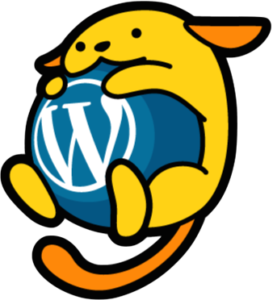Paragraph Block Examples
The paragraph block is the default WordPress editor block.
This is an example of bold text. This is an example of italic text. This is an example of bold italic text. This paragraph includes a link to another page.
This paragraph has highlighted text of just the text color. It also has highlighted text of just the background color and highlighted text that uses both text and background colors.
This paragraph includes inline code.
This paragraph includes an inline image ![]() which is an image that appears within text..
which is an image that appears within text..
This paragraph has keyboard input that you might uses to indicate keyboard entry. For example, to zoom in on your screen use Ctrl + + and to zoom out use Ctrl + -.
This paragraph has strikethrough text. It also includes subscript123 and superscript123.
The usefulness of the empty paragraph.
The paragraph block is the default WordPress editor block.
This is an example of bold text. This is an example of italic text. This is an example of bold italic text. This paragraph includes a link to another page.
This paragraph has highlighted text of just the text color. It also has highlighted text of just the background color and highlighted text that uses both text and background colors.
This paragraph includes inline code.
This paragraph includes an inline image  which is an image that appears within text..
which is an image that appears within text..
This paragraph has keyboard input that you might uses to indicate keyboard entry. For example, to zoom in on your screen use Ctrl + + and to zoom out use Ctrl + -.
This paragraph has strikethrough text. It also includes subscript123 and superscript123.
A paragraph block can be changed into other things.
One of the key features of WordPress is its extensive plugin ecosystem. There are over 58,000 plugins available on the official WordPress plugin repository, covering everything from SEO optimization to e-commerce functionality. These plugins can be easily installed and activated within the WordPress dashboard, allowing users to add new features and functionality to their sites without having to write any code.
Another important aspect of WordPress is its theme system. Themes are templates that define the visual layout and design of a WordPress site. There are thousands of free and premium themes available, making it easy for users to find a design that fits their needs. Additionally, developers can create their own custom themes using WordPress’s built-in templating system.
WordPress is a free and open-source content management system (CMS) that powers over 40% of all websites on the internet. It was first released in 2003 by co-founders Matt Mullenweg and Mike Little as a fork of another open-source project called b2/cafelog. Since then, it has grown into a massive community-driven project with thousands of contributors from all over the world.
WordPress is built on top of the PHP programming language and uses a MySQL database to store its content. It is designed to be easy to use for non-technical users while also providing a powerful platform for developers to extend and customize.